Arctic ice is rapidly melting due to climate change, putting many species at risk. These animals depend on the icy habitat for survival, hunting, and breeding. As the ice disappears, they face challenges in finding food and safe places to raise their young. The future of these species is uncertain if the current rate of ice loss continues. Here are some of the key Arctic species facing extinction due to the melting ice.
Polar Bear
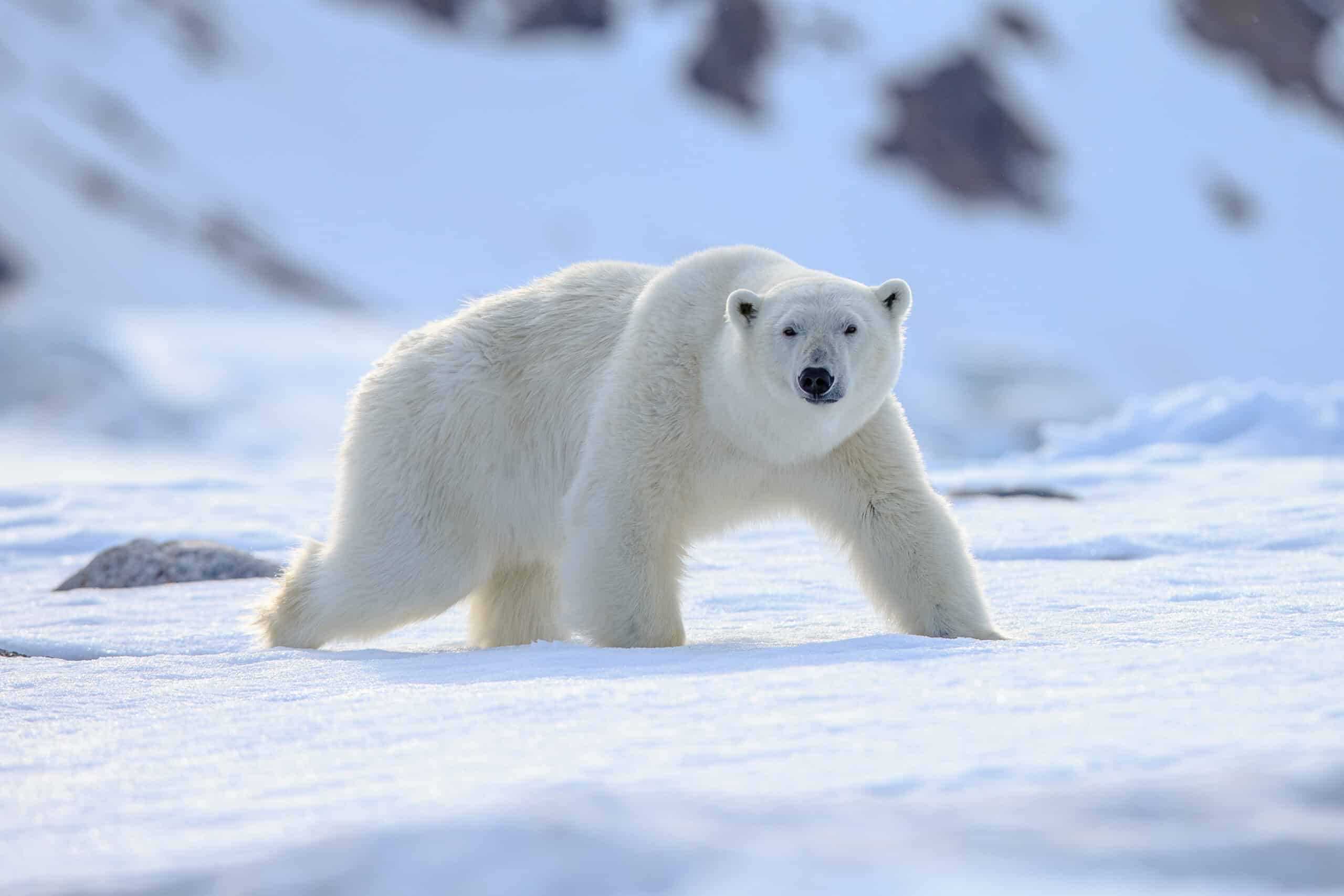
Polar bears are the largest land carnivores, known for their thick white fur and ability to survive the harsh Arctic environment. They rely on sea ice to hunt seals, their primary food source. As the ice retreats, they have to swim longer distances, leading to exhaustion and starvation. Their breeding and denning areas are also threatened, reducing cub survival rates. Polar bears are becoming more dependent on land-based food sources, which are insufficient to meet their dietary needs. The continued loss of sea ice may push them closer to extinction.
Walrus
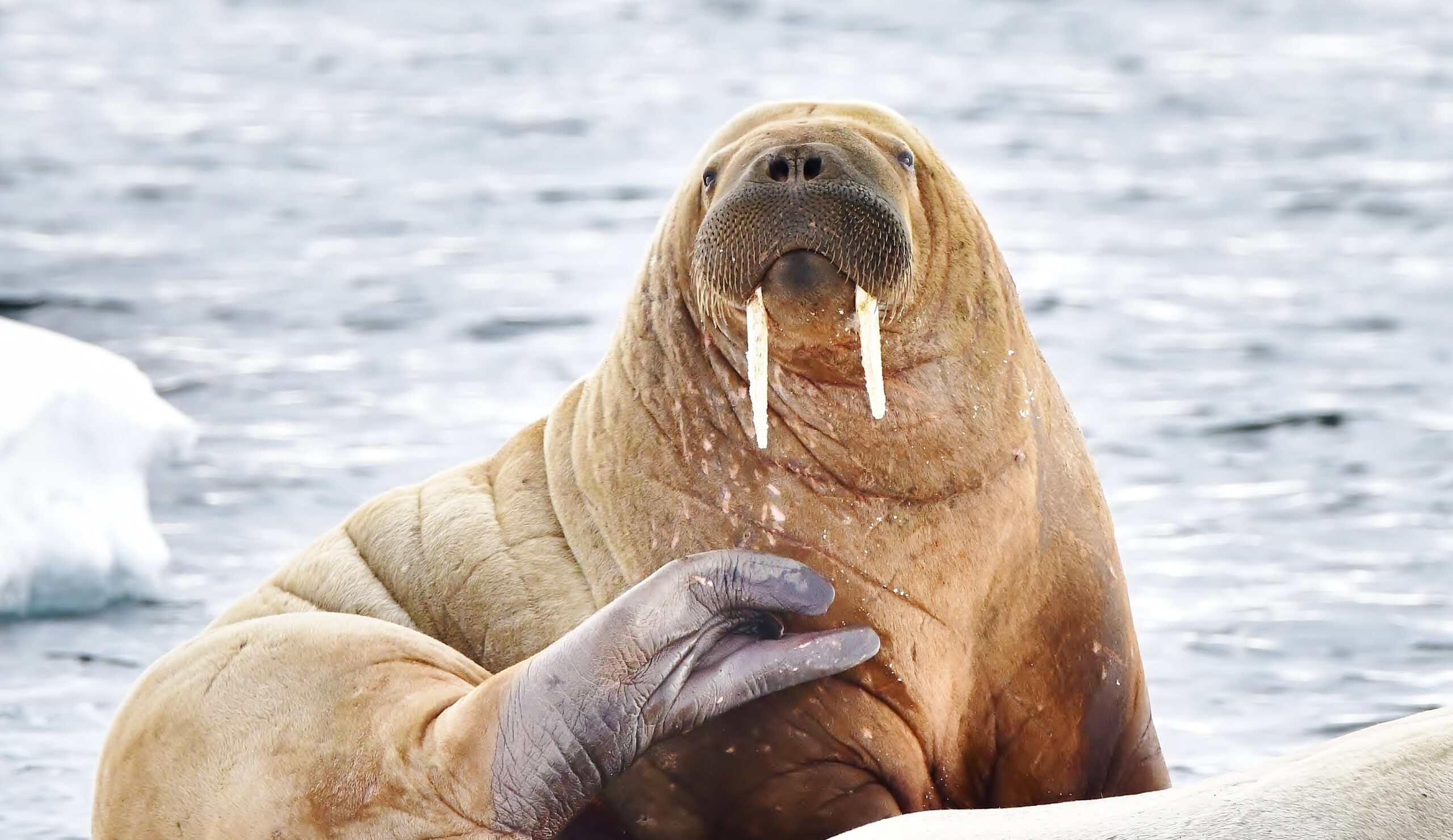
Walruses, easily recognized by their large tusks, depend on sea ice to rest between feeding sessions. They forage on the ocean floor, eating clams and other small creatures, and use the ice to raise their young. With the ice melting, walruses are forced to haul out on land, where food is scarcer and the risks of trampling and predation increase. The loss of ice also makes it harder for them to find sufficient food, threatening their health and population. Their reliance on ice makes them vulnerable to the impacts of climate change.
Arctic Fox
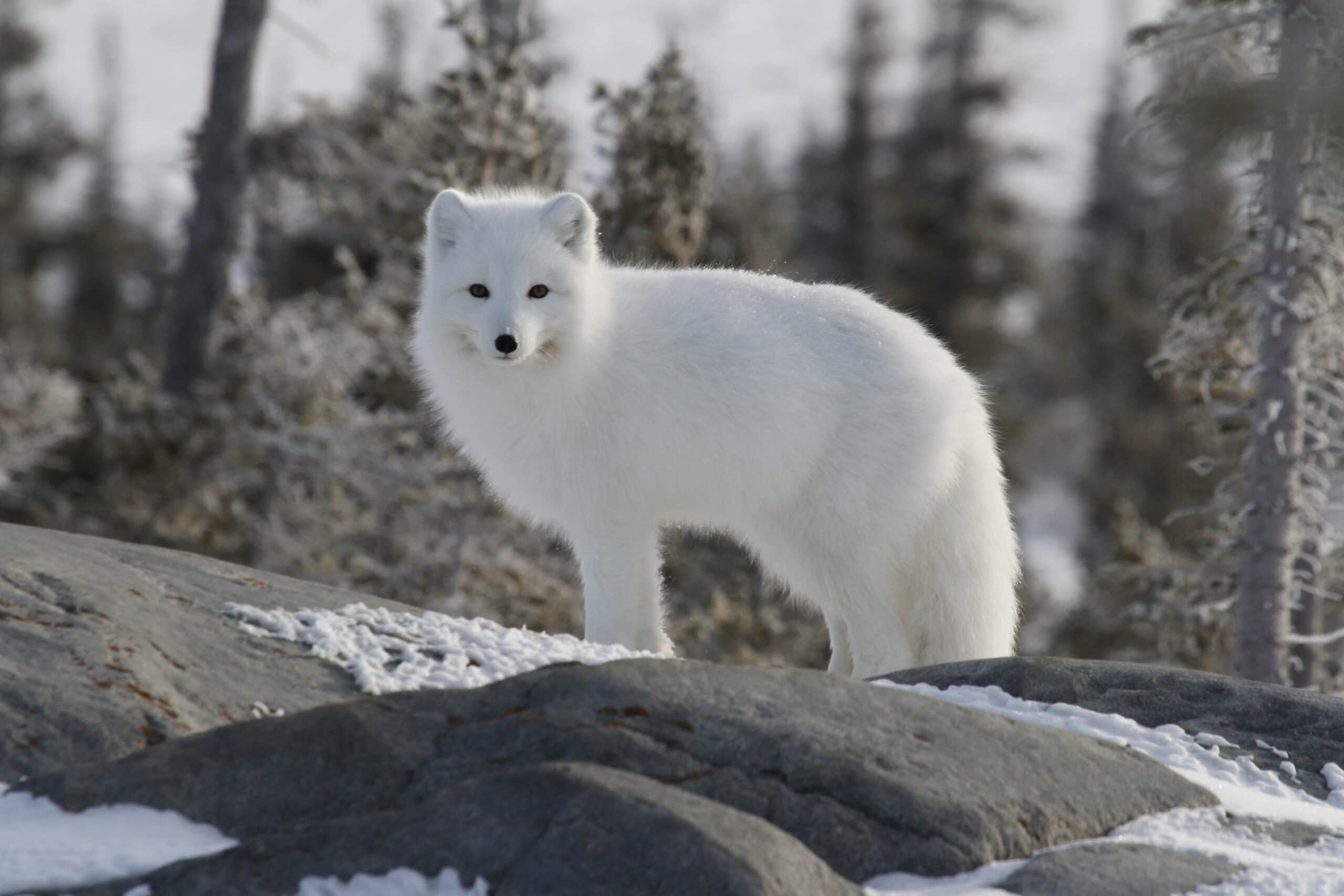
The Arctic fox is a small, resilient animal adapted to freezing temperatures with its thick fur and ability to change color with the seasons. They rely on ice-covered tundra for hunting lemmings and other small animals. As the ice melts and ecosystems shift, they face competition from the larger red fox, which is expanding northward. This competition reduces food availability for the Arctic fox and threatens their survival. Climate change also affects their breeding and denning areas, which are becoming less secure.
Narwhal

Narwhals are known for their long, spiraled tusks, which are actually elongated teeth. These elusive whales live in the Arctic waters, where they depend on sea ice to find food and shelter. As ice diminishes, narwhals face difficulties in accessing their prey, such as fish and squid, and become more exposed to predators and human activity. The loss of ice also disrupts their migratory patterns and breeding grounds. Melting ice threatens the narwhal’s ability to thrive in their natural environment.
Ringed Seal
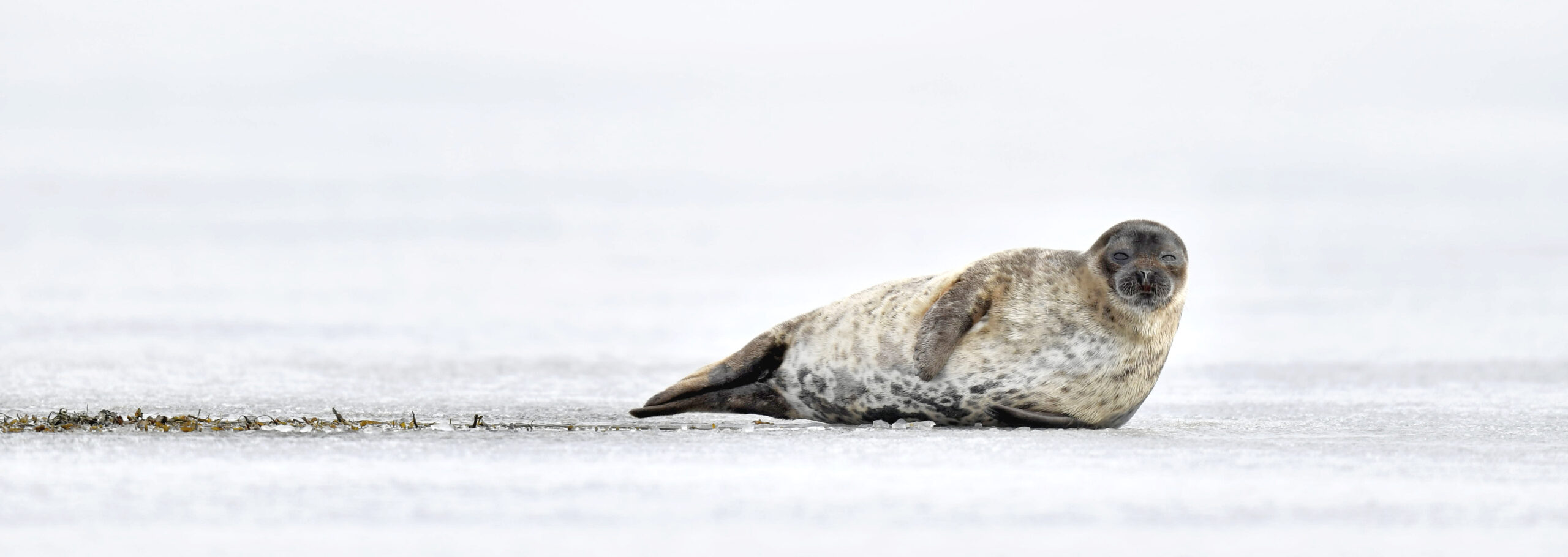
Ringed seals are small seals that live in the icy waters of the Arctic. They rely on sea ice for giving birth and nursing their pups. They create breathing holes in the ice to escape predators and hunt for fish. As the ice melts earlier in the year, pups are left vulnerable, and mothers struggle to find safe places to care for them. This early melting also affects their ability to hunt, making survival more difficult. Ringed seals are directly impacted by the ongoing loss of their icy habitat.
Bowhead Whale
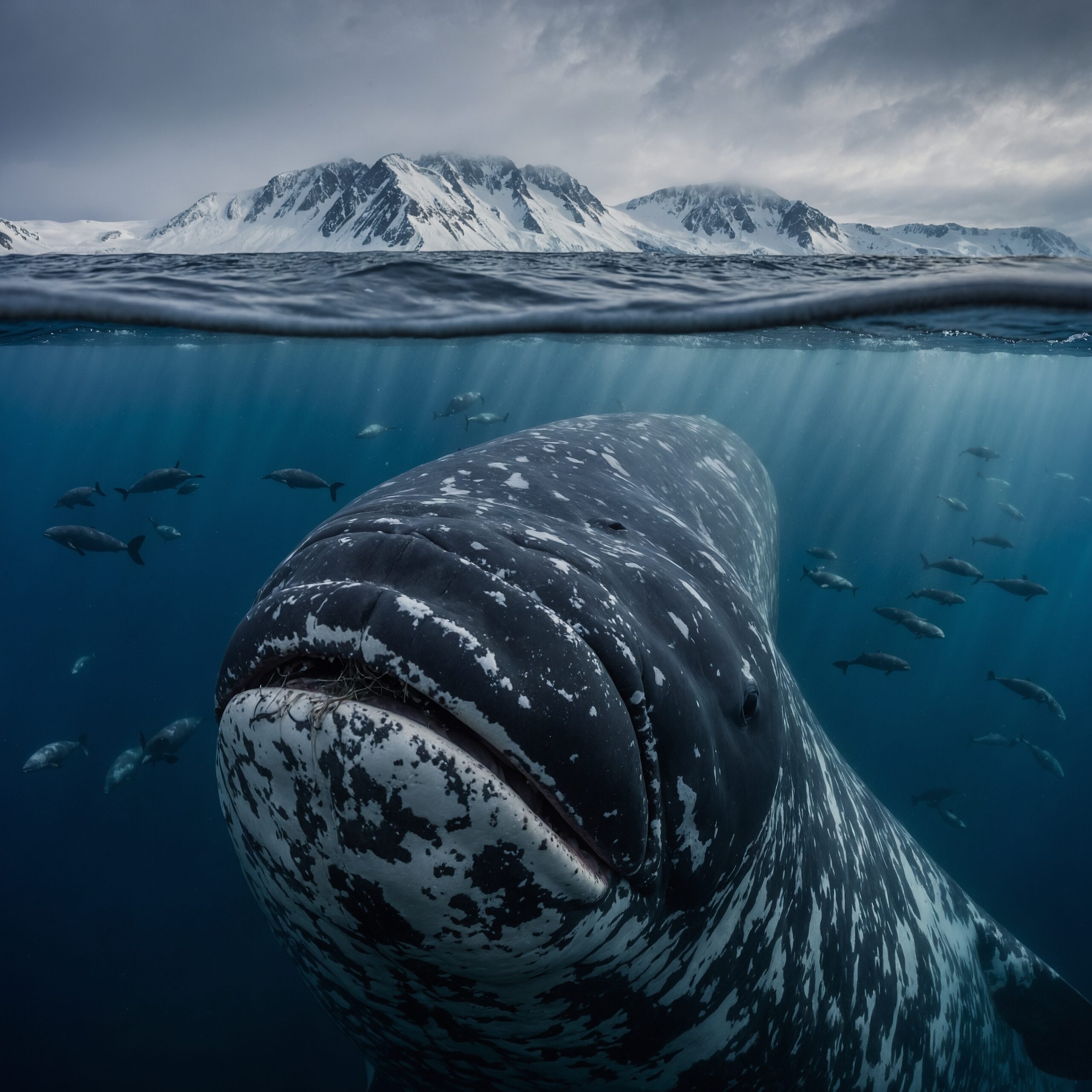
Bowhead whales are large baleen whales, known for their massive skulls that allow them to break through ice. They feed in the Arctic’s cold waters, using sea ice for protection and navigation. As the ice retreats, their feeding grounds and migratory routes are disrupted, leading to changes in their diet and behavior. Increased human activity, including shipping and oil exploration, further threatens their environment. Bowhead whales face an uncertain future as their icy habitat continues to disappear.
Beluga Whale
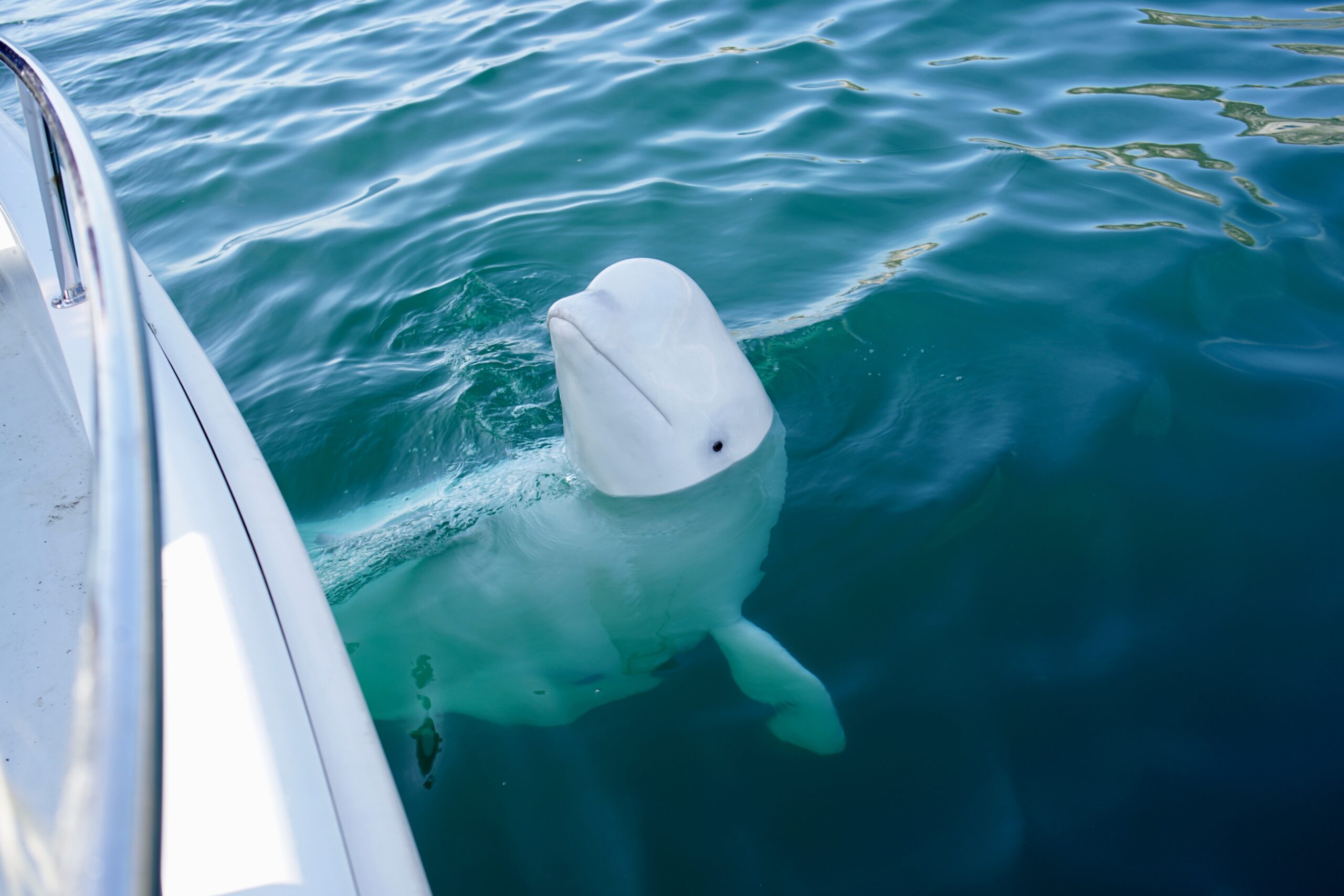
Beluga whales are known for their white skin and social behavior, often seen traveling in pods. They rely on the Arctic ice to hunt fish and find protection from predators like orcas. As the ice recedes, belugas become more exposed to predators and human activities like shipping and oil drilling. The changing environment also affects their migration patterns, putting strain on their population. Without the protection of sea ice, belugas face increasing threats to their survival.
Snowy Owl
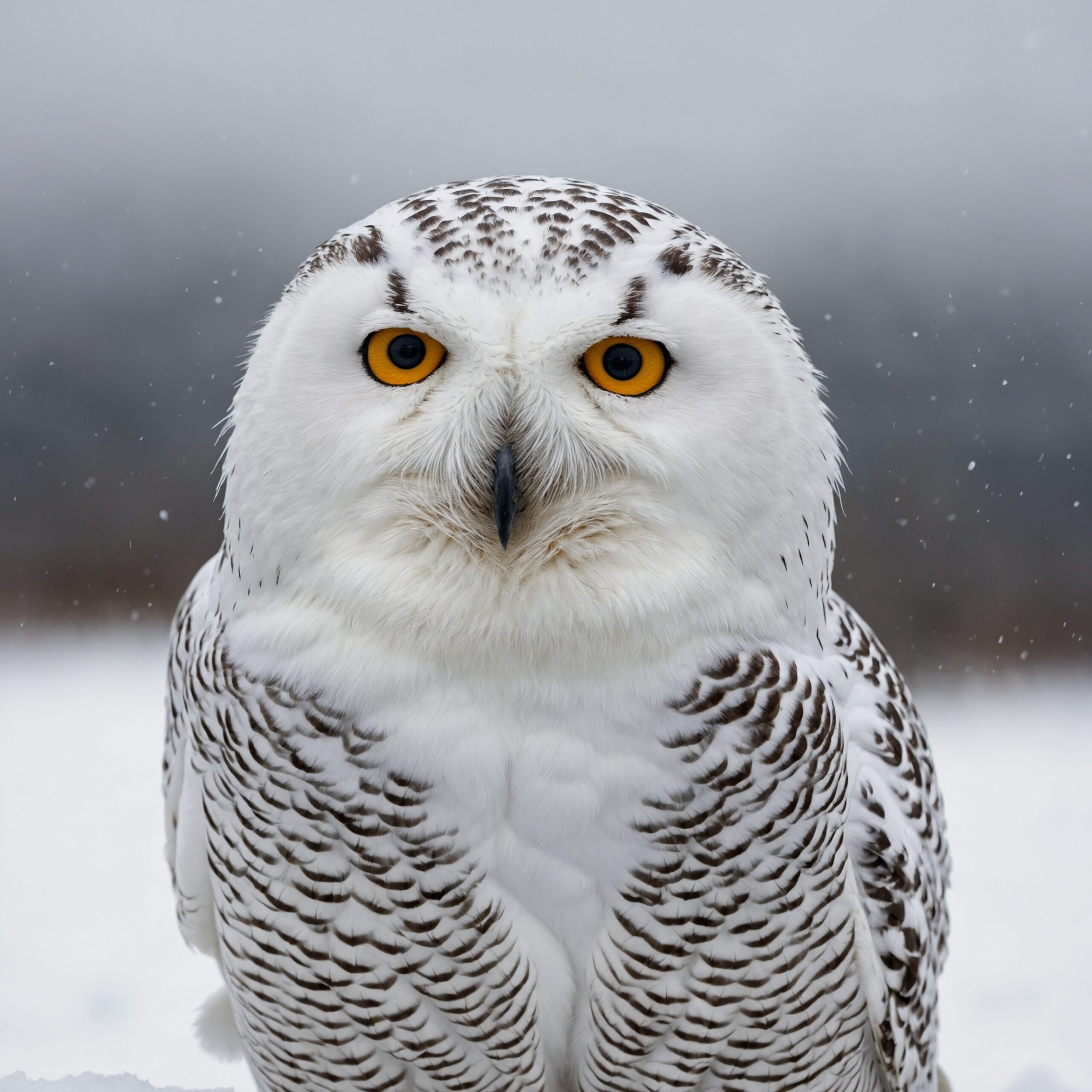
Snowy owls are majestic birds, recognized for their bright white feathers and large wingspans. They breed in the Arctic tundra, relying on the cold, ice-covered landscapes to hunt small mammals like lemmings. As the ice melts and the tundra warms, their prey becomes scarcer, forcing the owls to migrate farther south in search of food. This shift in habitat puts pressure on their population and threatens their ability to breed. The changing climate directly impacts the snowy owl’s survival.
Puffin
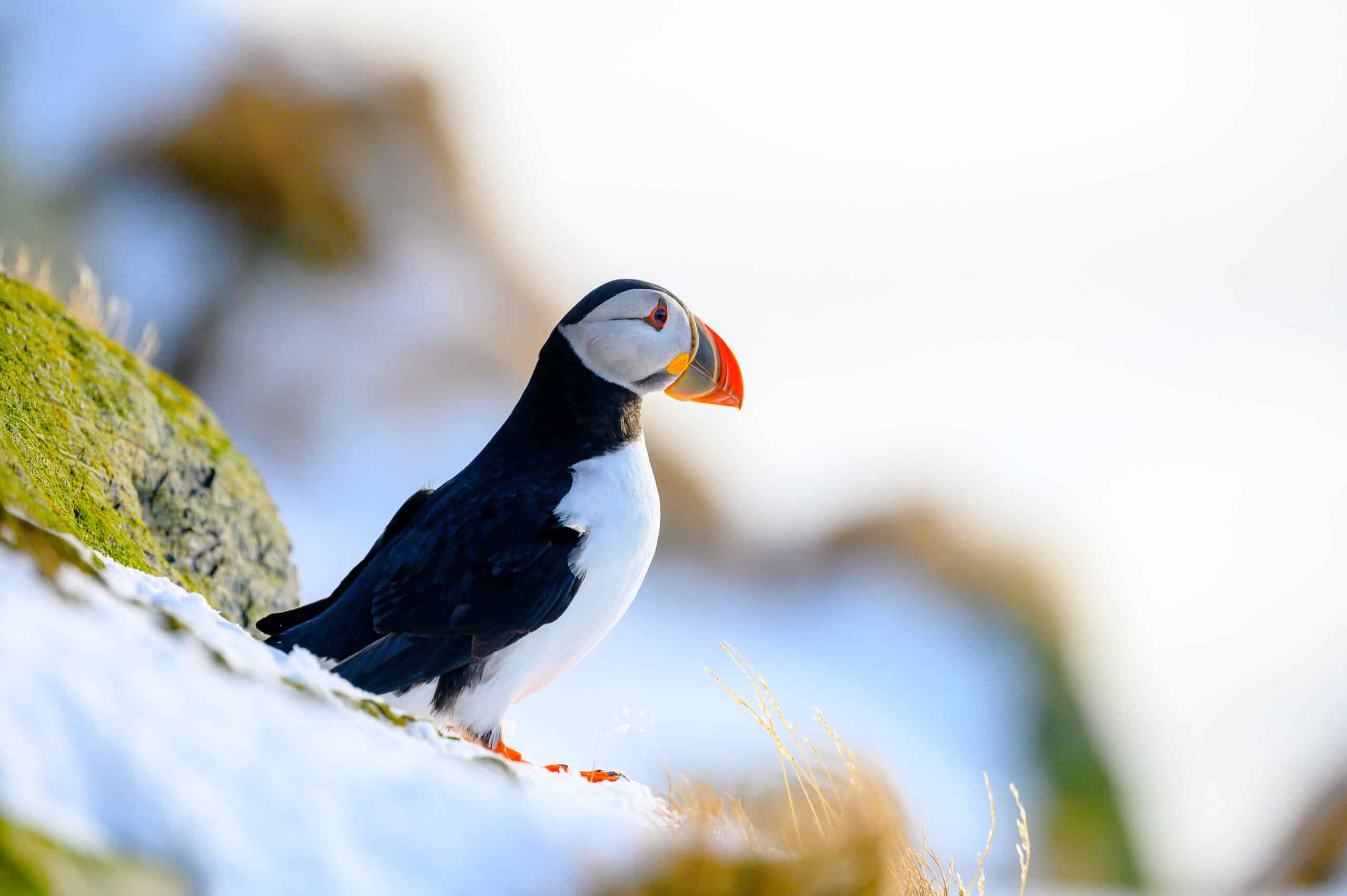
Puffins, known for their colorful beaks and skilled diving, are seabirds that depend on cold Arctic waters for food. They primarily feed on fish, such as herring and capelin, which are becoming less accessible due to changing water temperatures. As the ice melts, fish migrate to deeper or colder areas, making it harder for puffins to find enough to eat. Puffins also nest on coastal cliffs, which are increasingly affected by storms and erosion linked to climate change. Their survival is closely tied to the stability of the Arctic ecosystem.
Arctic Hare
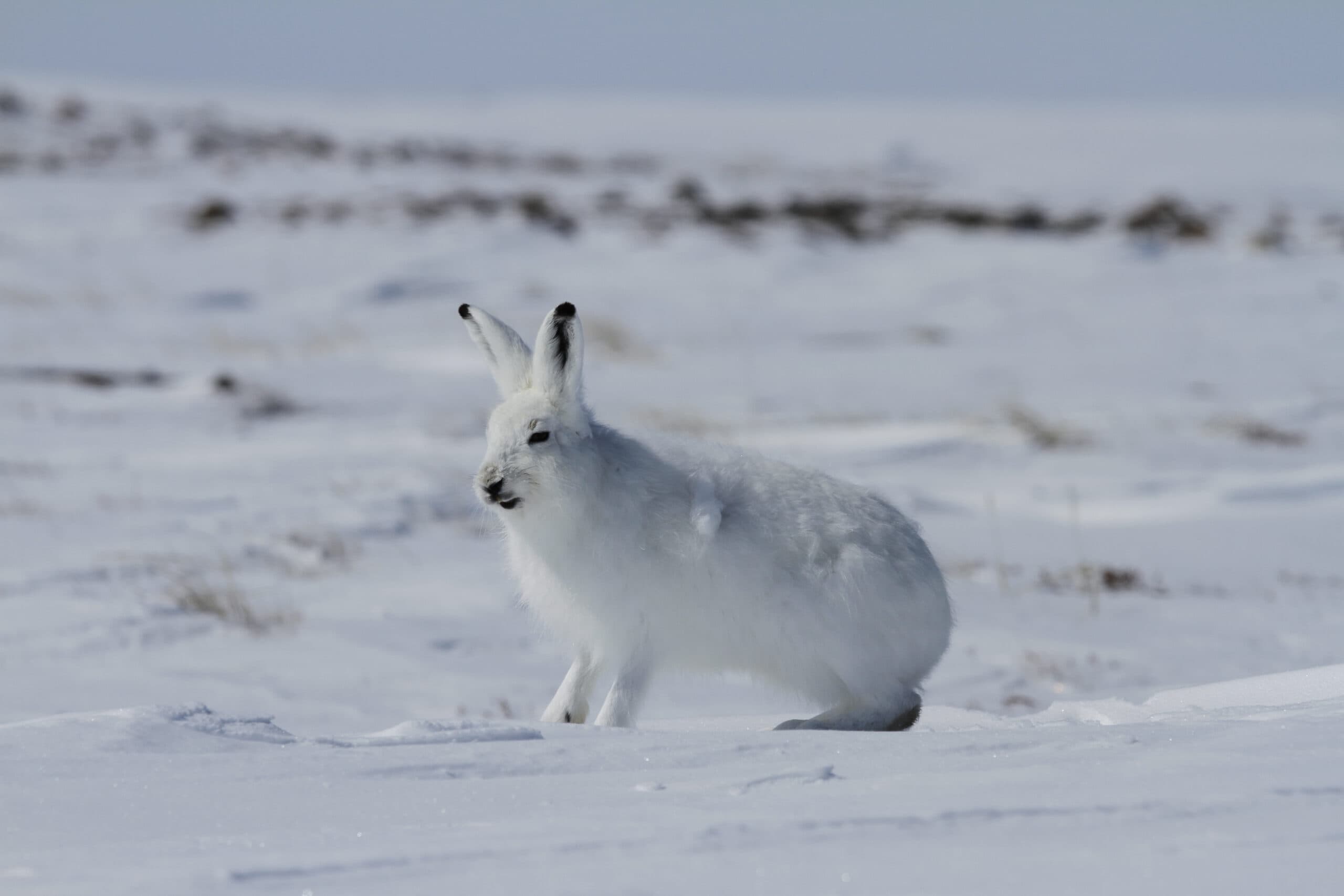
The Arctic hare, with its white winter coat, blends into the icy tundra for protection against predators. It is well-adapted to extreme cold, surviving on sparse vegetation in the frozen landscape. However, as temperatures rise and snow cover diminishes, they lose their camouflage and face greater threats from predators like foxes and wolves. Warmer temperatures also affect their food supply, as plant growth patterns shift. The Arctic hare’s future is uncertain as its habitat continues to change rapidly.
Musk Ox
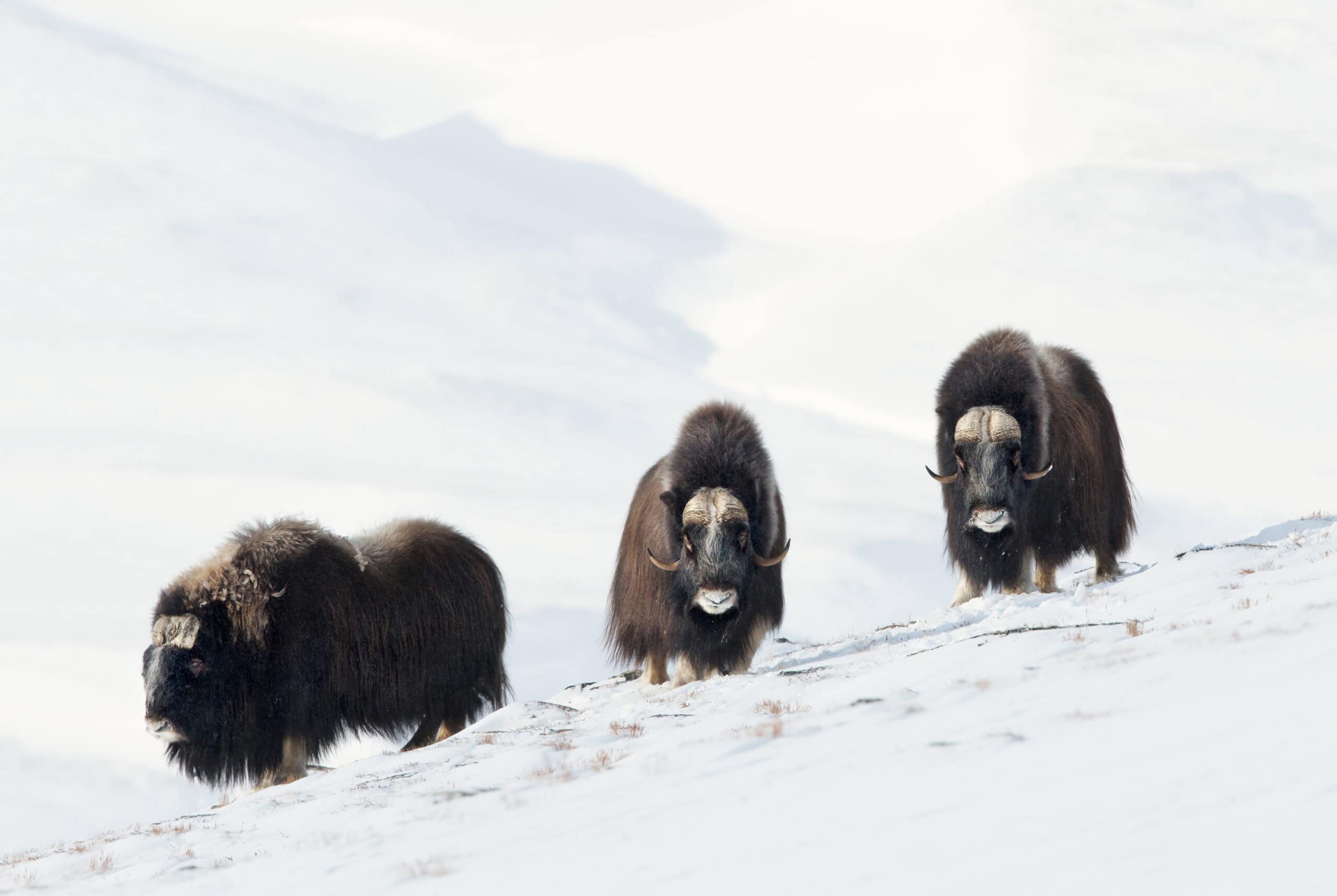
Musk oxen are large, woolly animals that have roamed the Arctic for thousands of years. Their thick coats and ability to forage through snow allow them to survive the harsh winters. They depend on ice-covered regions for grazing, but as the ice retreats, so does their food supply. Changing conditions also bring new predators and competition from other species. Musk oxen are particularly vulnerable to these changes, as they are slow to adapt to the rapid shifts in their environment.
Arctic Tern
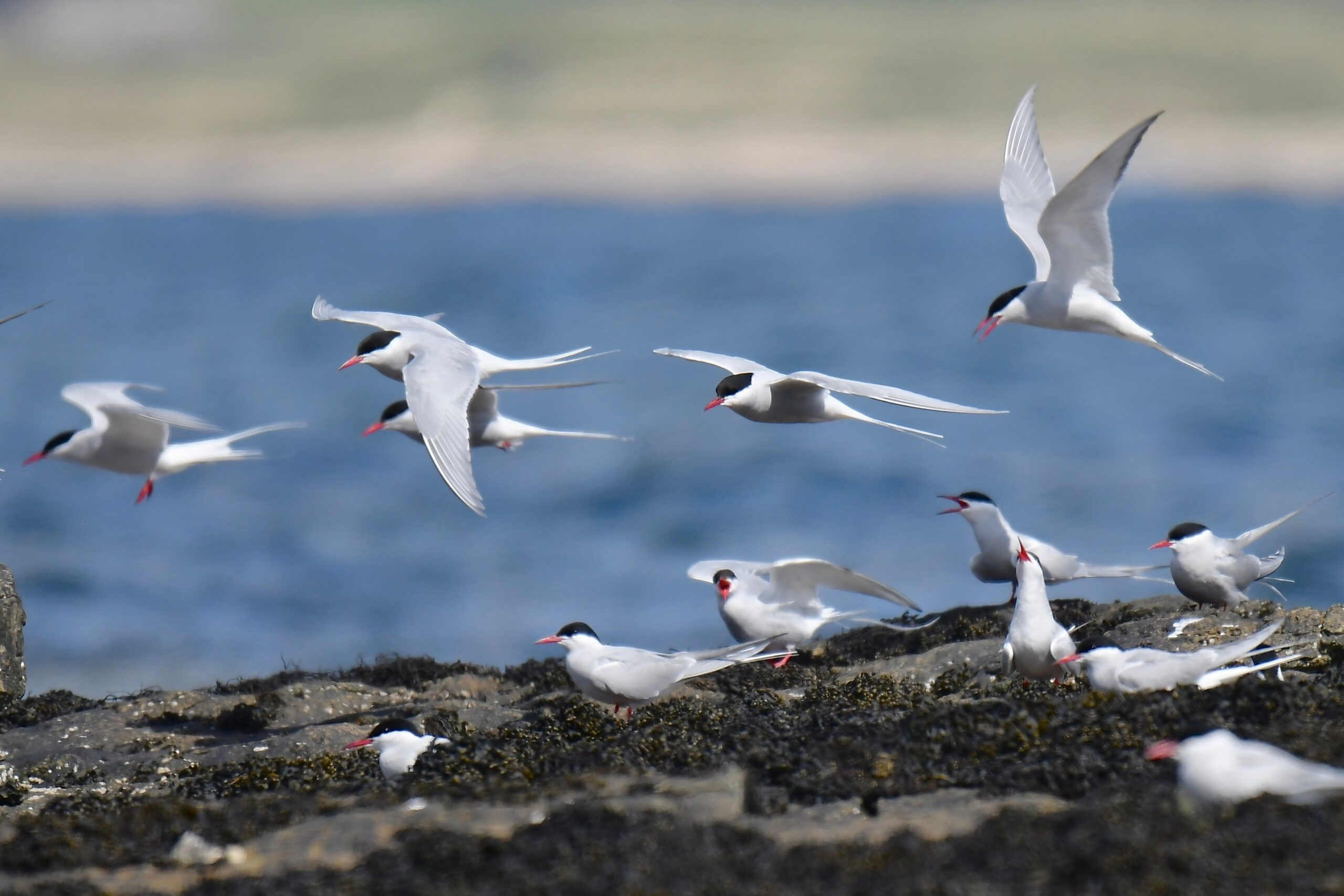
Arctic terns are migratory birds known for their incredible long-distance journeys from the Arctic to Antarctica. They rely on Arctic ice and waters for feeding during the breeding season. As ice melts and the availability of fish decreases, terns are forced to travel farther for food, which affects their energy levels and reproductive success. Climate change also alters their migration routes, exposing them to more hazards. The decline of the Arctic ice directly impacts the survival of this remarkable bird.
Bearded Seal
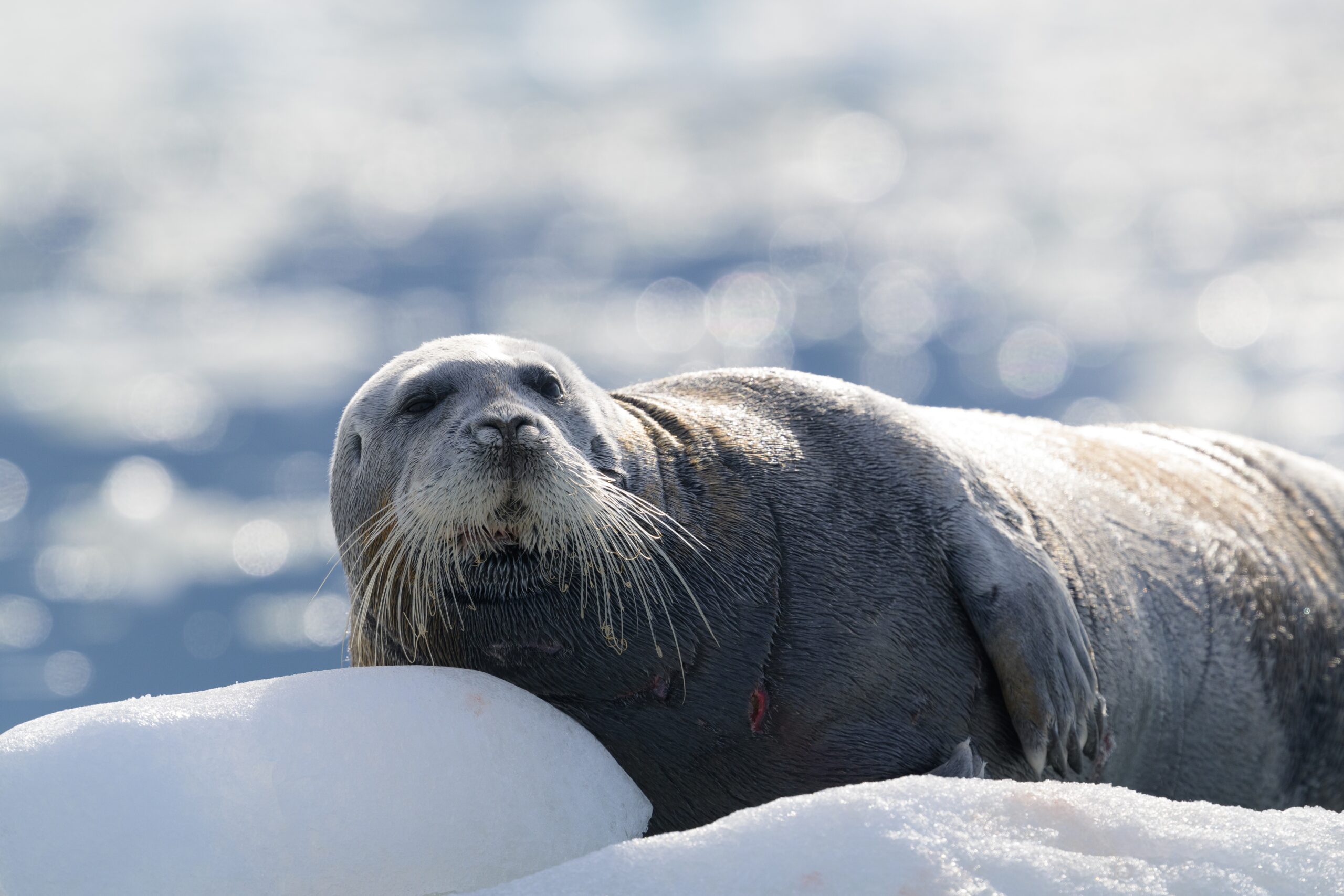
Bearded seals are known for their distinctive whiskers and reliance on sea ice for resting, breeding, and hunting. They feed on bottom-dwelling fish and invertebrates, which are becoming harder to find as the ice melts and the ecosystem shifts. The loss of sea ice disrupts their ability to haul out and raise pups in safe areas, making them vulnerable to predators and human activities. As their icy habitat continues to shrink, bearded seals face a growing struggle to survive.
Ivory Gull
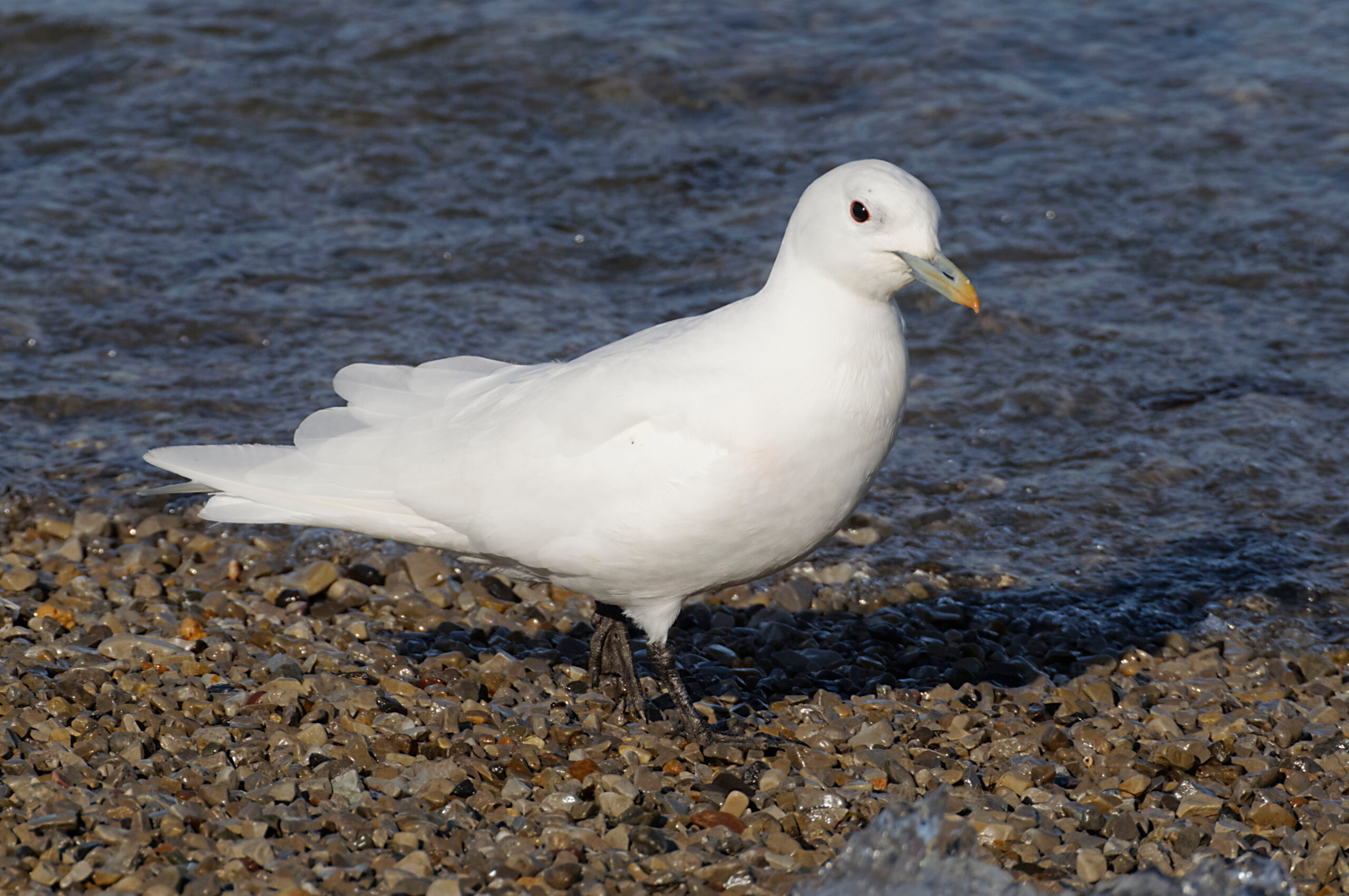
The ivory gull, with its pure white feathers, is a rare bird that inhabits the Arctic year-round. It depends on sea ice for feeding, scavenging on fish and marine mammals in icy waters. As ice diminishes, so does the availability of food, forcing ivory gulls to forage farther from their nesting sites. This increased energy expenditure weakens them and affects their ability to reproduce. The ivory gull’s reliance on the Arctic ice makes it particularly vulnerable to the effects of climate change.
Peary Caribou

Peary caribou are small, agile reindeer native to the high Arctic. They rely on the region’s icy terrain for shelter, feeding, and migration. As temperatures rise and ice disappears, their food sources become more limited, leading to starvation and weakened health. Additionally, changing ice patterns affect their migration routes, making it harder to find safe areas to escape predators. The Peary caribou population has already been in decline, and continued habitat loss threatens their long-term survival.
Ross’s Gull
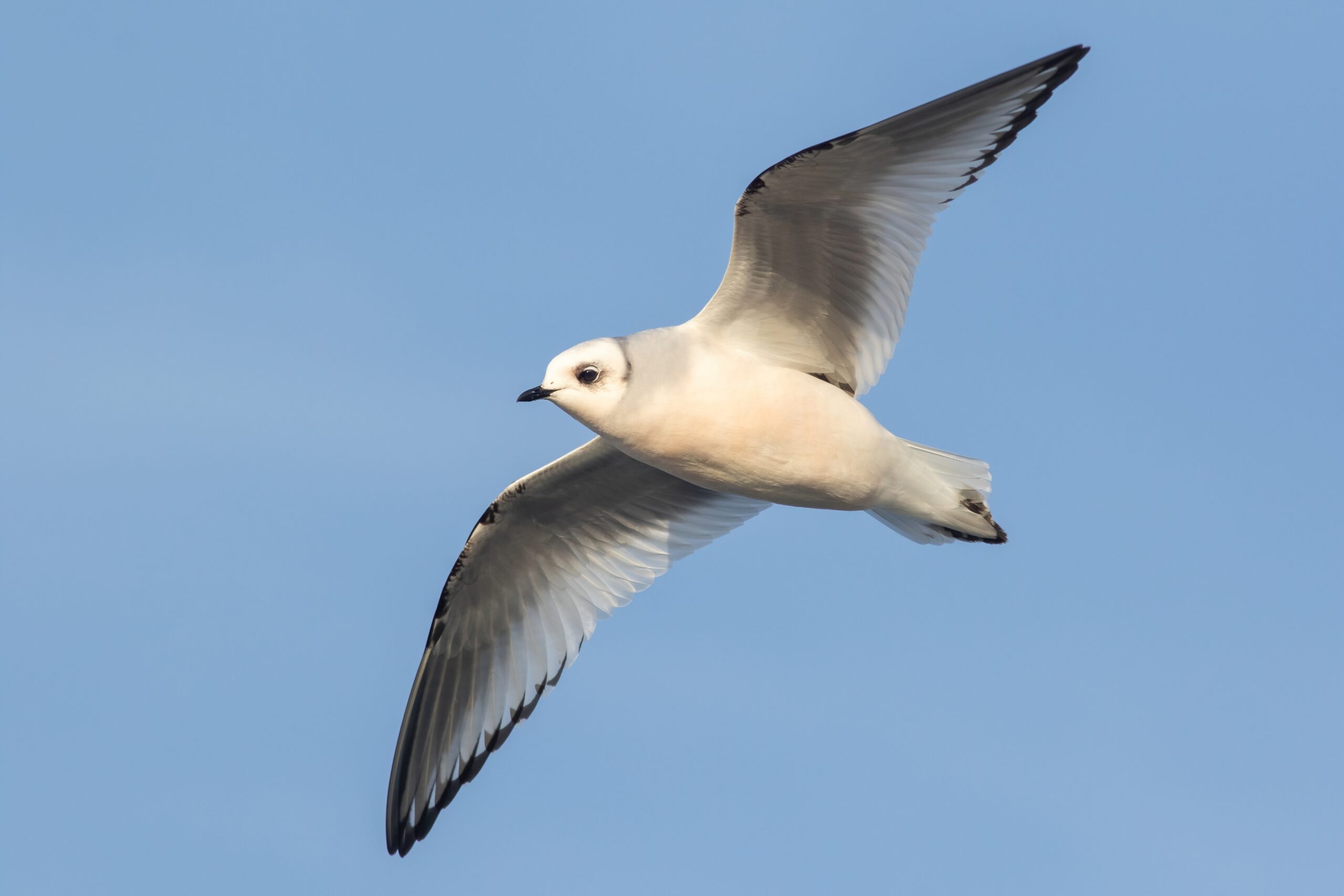
Ross’s gull is a small, delicate seabird that breeds in the remote Arctic regions. It relies on the icy coastlines and waters for feeding, where it hunts small fish and invertebrates. As the ice melts, their food supply diminishes, and they are forced to migrate farther, which increases their vulnerability. Changes in the Arctic ecosystem also affect their breeding success, as nesting sites become more exposed to predators and weather extremes. Ross’s gull faces significant challenges as its habitat continues to degrade.
This article originally appeared on Rarest.org.
More from Rarest.org
10 Limited Edition Supercars That Few Have Ever Seen

Limited edition supercars are more than just vehicles; they are a rare combination of cutting-edge technology, striking design, and unmatched performance. Read More.
15 Rare and Exotic Amphibians Thriving in Remote Jungles
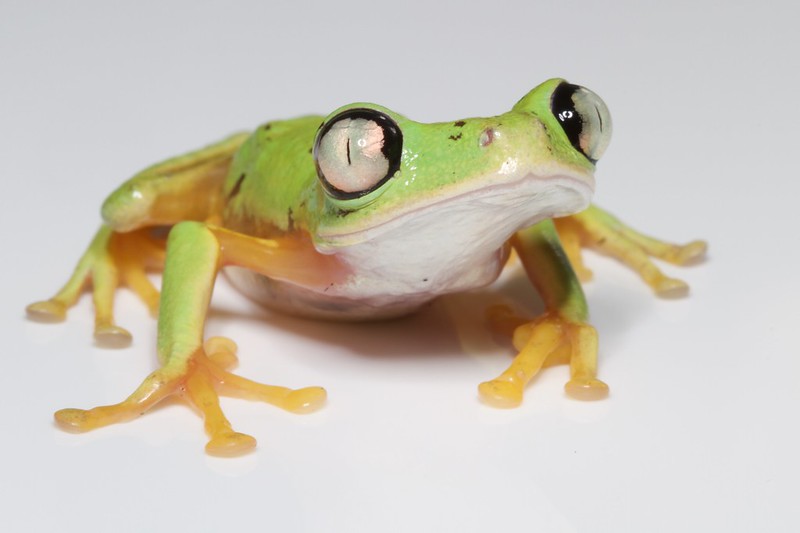
Deep within the world’s most remote jungles, a diverse range of rare and exotic amphibians thrive, often hidden from human view. Read More.
14 Mysterious Lost Civilizations That Still Puzzle Historians

Throughout history, many civilizations have risen to greatness, only to mysteriously vanish, leaving behind ruins and unanswered questions. Read More.
